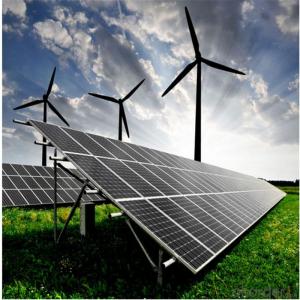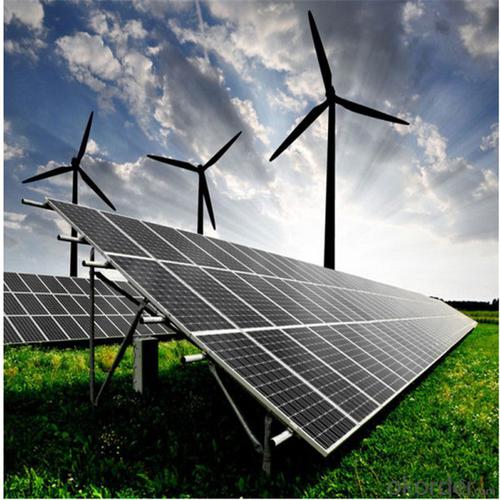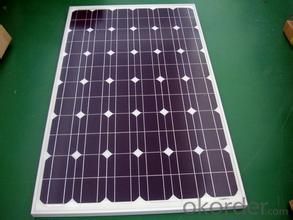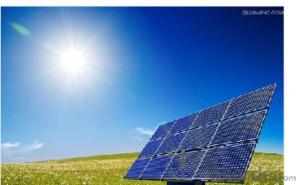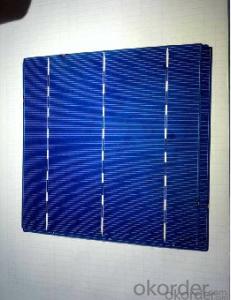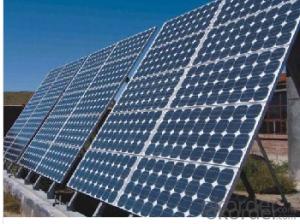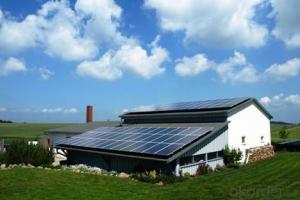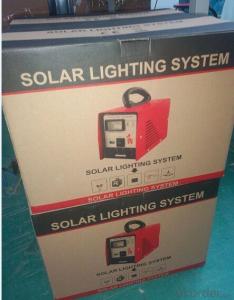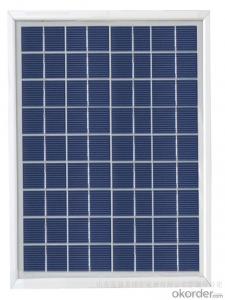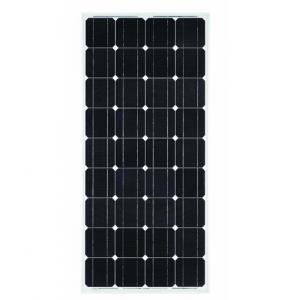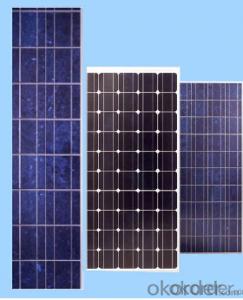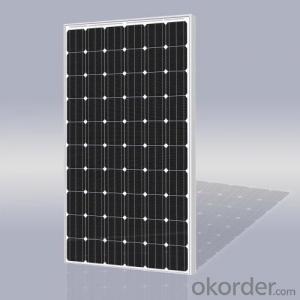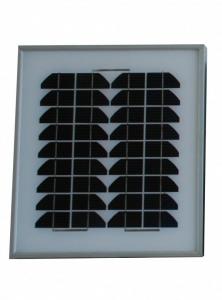500w Solar Panels with TUV CEC Certificates
- Loading Port:
- Shanghai
- Payment Terms:
- TT OR LC
- Min Order Qty:
- 1000 watt
- Supply Capability:
- 100000000 watt/month
OKorder Service Pledge
OKorder Financial Service
You Might Also Like
Specification
300W Solar Panel with TUV CEC Certificates
- TUV IEC, MCS (UK), CE, CEC (Australia), INMETRO, IDCOL, SONCAP CERTIFIED
- [EU ANTIDUMPING DUTY-FREE]
- PROFESSIONAL SOLAR PANEL MANUFACTURER SINCE 2004
FEATURES
`Long Service Life
`High Efficency Solar Cells
`Special Aluminum Frame Design
`High Transmission,Low Iron Tempered Glass - TUV IEC, MCS (UK), CE, CEC (Australia), INMETRO, IDCOL, SONCAP CERTIFIED
- [EU ANTIDUMPING DUTY-FREE]
- PROFESSIONAL SOLAR PANEL MANUFACTURER SINCE 2004
FEATURES
`Long Service Life
`High Efficency Solar Cells
`Special Aluminum Frame Design
`High Transmission,Low Iron Tempered Glass
`Advanced Cell Encapsulation
APPLICATIONS
`Solar power stations
`Rural electrification, Small home power systems
`Power supply for traffic, security, gas industry
`12V and 24V battery charging system
`Other industrial and commercial applications
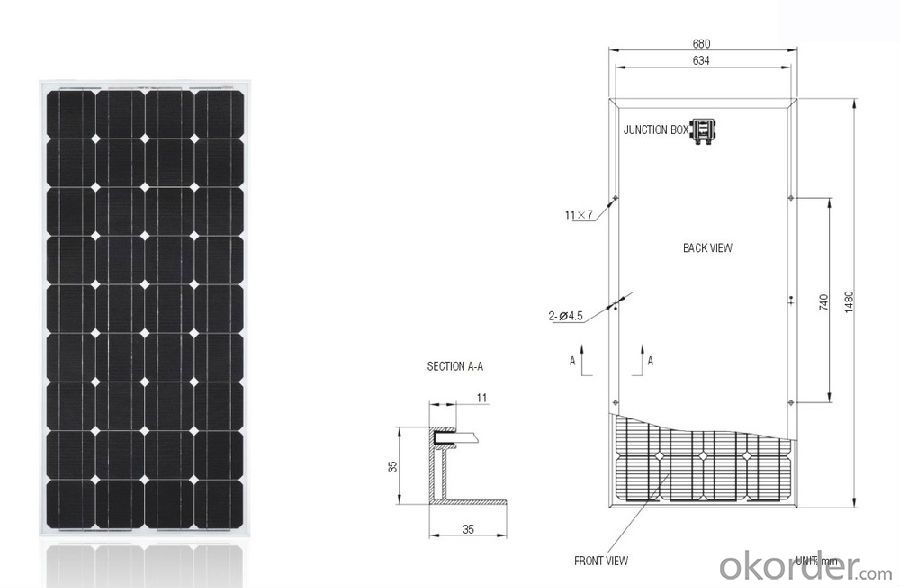
| ELECTRICAL CHARACTERISTICS | |||||||
| Model Number | KM(P)275 | KM(P)280 | KM(P)285 | KM(P)290 | KM(P)295 | KM(P)300 | |
| Maximum Power as per STC | Pmax(W) | 275 | 280 | 285 | 290 | 295 | 300 |
| Power Tolerance | % | ±3% | |||||
| Maximum Power Voltage | Vm(V) | 36.43 | 36.56 | 36.72 | 36.79 | 36.93 | 37.15 |
| Maximum Power Current | Im(A) | 7.55 | 7.66 | 7.77 | 7.89 | 7.99 | 8.08 |
| Open Circuit Voltage | Voc(V) | 43.7 | 42.92 | 44.06 | 44.21 | 44.35 | 44.5 |
| Short Circuit Current | Isc(A) | 8.1 | 8.17 | 8.23 | 8.33 | 8.41 | 8.72 |
| Maximum System Voltage | VDC | 1000 | |||||
| Cell Efficiency | % | 15.7 | 16.0 | 16.3 | 16.6 | 16.8 | 17.1 |
| Module Efficiency | % | 14.2 | 14.5 | 14.7 | 15.0 | 15.2 | 15.5 |
| Cells per Module | Pcs | 72 | |||||
| Cell Type | Polycrystalline silicon | ||||||
| Cell Size | mm | 156 x 156 | |||||
| Bypass Diodes | Pcs | 12Amp, 6 pcs | |||||
| Max. Series Fuse Rating | A | 15A | |||||
| Temperature coefficient of Isc | %/°C | 0.05 | |||||
| Temperature coefficient of Voc | %/°C | -0.35 | |||||
| Temperature coefficient of power | %/°C | -0.47 | |||||
| NOCT- Nominal operating cell temperature | °C | 47 ± 2 | |||||
| Operating Temperature | °C | -40 ~ +85 | |||||
| MECHANICAL CHARACTERISTICS | |||||||
| Dimensions | mm | 1954 x 990 x 50 | |||||
| Weight | Kg | 23.5 | |||||
| Type of Junction Box | TUV certified, IP65 | ||||||
| Cable Type, Diameter | TUV certified, 4mm2, 90 cm in length | ||||||
| Connector | compatible to Type 4 (MC4) | ||||||
| Tempered Glass | 3.2 mm, high transmission, low iron | ||||||
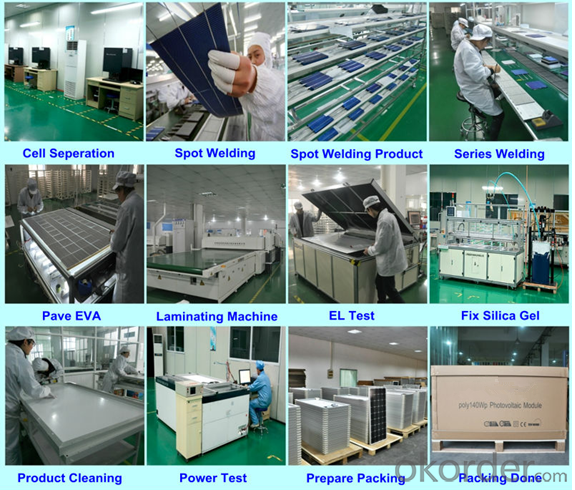 Packing
Packing
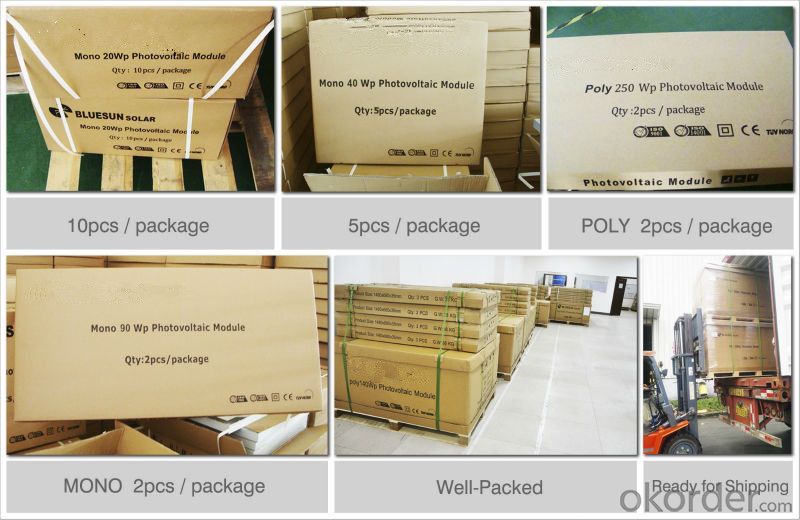
FAQ
1. What kind of Solar Cells does it have
---poly crystalline 156*156mm and 125*125mm or mono 125*125mm and 156*156mm
2. Is the front panel Glass or Plastic
---Tempered glass 3.2mm thickness or adjust to what you need, Light transmittance up to 95%.
3. Does it meet Europe Standards for Solar Energy
---This is TUV approval products, all the producing procedure apply TUV&UL.
4. What is the Efficiency level
--- Between 16-18.9% for solar cells.
5. What is the Nominal Voltage
--- 18v 20v 24v 36v 30v 48v , and so on, we can adjust to what you need.
6. What is the Warranty Period, How many years?
Power efficiency warranty:
---90% in 10 years; 80% in 25 years.
- Q: Can solar panels be used to power a factory?
- Yes, solar panels can be used to power a factory. By installing a large number of solar panels on the factory's roof or in nearby open spaces, the generated solar energy can be harnessed and converted into electricity to meet the power requirements of the factory. This can help reduce the dependency on traditional grid electricity and also contribute towards a more sustainable and environmentally friendly operation of the factory.
- Q: Can solar panels be installed on a boat?
- Yes, solar panels can be installed on a boat. In fact, it is a popular and efficient way to generate electricity for various onboard systems, such as lighting, navigation, and charging batteries. Solar panels are lightweight, durable, and can be easily mounted on the deck or roof of a boat to harness solar energy and contribute to a more sustainable boating experience.
- Q: how much would you pay for a 2'x4' solar panel that puts out 24 volts and 74 watts?
- That's a rather low power for that size. Is it an old panel? Is it amorphous silicon, or crystalline? That should easily fetch $ per watt on craigslist. If I was buying a panel myself, I would probably get a more mainstream panel from a major internet vendor.
- Q: Pretty much, can solar panel's support the entire houses electrical needs generally, because I know sometimes the owner's can sell unused electricity back, any ideas or any ideas on how much the average home uses in kWh
- Solar okorder
- Q: Can solar panels be installed on a government building?
- Yes, solar panels can be installed on a government building. In fact, many governments around the world are actively promoting the use of renewable energy sources, including solar power, and are implementing solar panel installations on their buildings as part of their sustainability efforts. Installing solar panels on government buildings not only helps reduce carbon emissions and dependence on fossil fuels but also serves as a visible demonstration of their commitment to clean energy and environmental stewardship.
- Q: How much space do solar panels require?
- The amount of space required for solar panels can vary depending on factors such as the type and size of the panels, their efficiency, and the energy needs of the system. On average, an average-sized residential solar panel system typically requires around 100-400 square feet of roof space. However, ground-mounted systems can require larger areas, and more efficient panels can generate the same amount of electricity in a smaller space.
- Q: I have an electric bicycle that I travel to work by, pulling a modified child carrying trailer that holds two 2 volt deep cycle batteries in series to power the 24 volt bike motor. I'm thinking about adding a 50 watt solar panel (or larger depending on the room I can make available) to charge while I'm at work and to provide some extra juice while on my more distant travels.Can I get a solar panel to charge them while they're connected the way they are: in series? Does charging work that way?I've read that in order to charge the 24 volt battery setup (if the answer to the Q above is yes), the output from my solar panel would need to be a little more than 24 volts. Is this true? If so, how many volts?Since the bike is supposed to be powered at 24 volts and I have an x-volt (x gt; 24v) solar panel connected to it, will this cause any damage to the controller or other components while running them?Will it help supply power even while the motor is being run?Thanks.
- The important part of the long answer is the charge controller - those batteries cost way too much to cook them out. And the controller maker will specify how much voltage your panels need to supply (more than 24 certainly) to provide a charge for several hours a day so you aren't wasting money on something that actually does very little. I also hope you have a very secure location to store this rig at work because while a bike with a tow trailer is easy to disguise and awkward to move, as soon as you put a solar panel on it, it becomes a very obvious theft target and maybe a vandalism target. And since you want to charge at work, it has to be outside. And since for effective use the panel has to mostly face the sun but you don't want to drag it broadside through the air while riding, you will have to either work out a pivoting mount or angle the whole trailer to the general position of the sun when parked and have the panel flat on top. I personally would probably redesign so that at work the trailer pulled up along side the bike and was chained/locked to it to make a really awkward mass that had the panel bolted through the lid with blind bolts.
- Q: How much sunlight is needed for solar panels to work?
- Solar panels need sunlight to work, but the exact amount required varies depending on factors like panel efficiency and location. However, as a general guideline, panels typically require at least 4-5 hours of direct sunlight per day for optimal performance.
- Q: Can we cover up solar panels on our house with regular siding?
- oh my goodness. make the investment aand update them
- Q: I wanna get a solar panel to charge or 2 car batteries. Then connect the battery to a 800watt power inverter so that I can power a tv. Will the 8watt solar panel charge my batteries and around in how long?I just wanna use the panel to charge the batteries, no to use the panel directly with my electronics. Thanks for your answer and help me with that.
- welcome to the wonderfull world of solar! you probably have a 2Vdc 8 Watt solar panel, to figure out its charging amps capability we do this equation Watts/Volts=Amps 8watts/2Vdc=.5Amps this is a conservative figure, since solar panel ratings are calculated using winter time sunlight, sunny locations and more daytime hours will give you higher amps. a typical good condition car battery is rated at 40Ah (Amp hours).to find out the charge time, we use the following formula; Amp Hours/Amps=T where T is time in hours 40Ah/.5A=26hours this is charge for a single battery, two batteries will double to over 52 hours. lets compare to charging a battery with your car, a car alternator puts out about 60 amps but usually run about half capacity. 40Ah/30amps=.3Hours! An alternator is far more efficient so charging with a small solar panel is best as an alternative or for low power applications. As far as using an inverter to power a TV, we can calculate how long the battery will last by using the original formula. a typical 9tv will use 70 watts 70watts/2Vdc=5.8A 40Ah/5.8A=6.9hours this figure is by drawing all the power from the battery, voltage inverters have a safety feature that will not let you discharge your battery all the way, so 40Ah battery will power a 9 tv for about 4.5 to 5 hours.
Send your message to us
500w Solar Panels with TUV CEC Certificates
- Loading Port:
- Shanghai
- Payment Terms:
- TT OR LC
- Min Order Qty:
- 1000 watt
- Supply Capability:
- 100000000 watt/month
OKorder Service Pledge
OKorder Financial Service
Similar products
Hot products
Hot Searches
Related keywords
